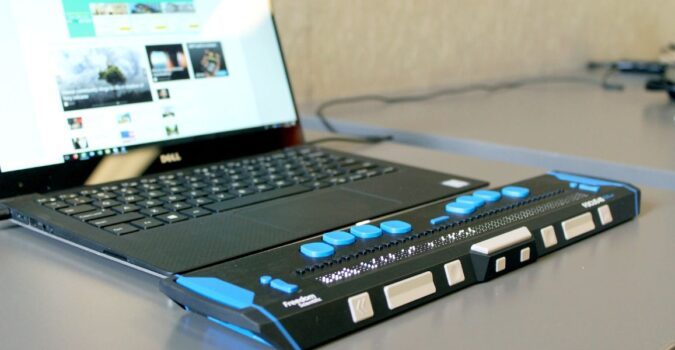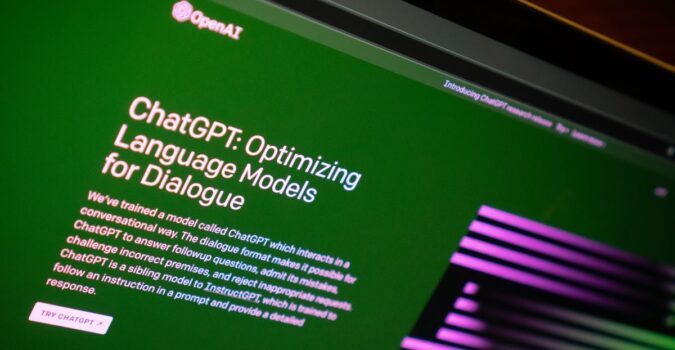Design Sprints: Q&A with Anthony Broad-Crawford, Chief Product Officer at SpotHero
By: The LaunchPad Lab Team / July 5, 2016
A couple of weeks ago we introduced design sprints on our blog. The concept, originally developed by Google, has caught fire amongst a variety of companies and industries including a few here in Chicago, like SpotHero.
Following our first ever design sprint Meetup last week, I had the opportunity to find out more about how SpotHero puts their own spin on the concept from Chief Product Officer, Anthony Broad-Crawford.
Anthony Broad-Crawford (ABC): Prior to learning about Google Ventures, I had been experimenting with Lean UX and Agile UX for a better part of a decade. I’m one of those people who are always on the hunt for new tools and methodologies that help you go from idea to release and can also measure your hypothesis.
I came across the blog posts and then the book, Sprint, and for the first time, there was a written playbook from Google on how to implement one of their concepts for your own business. And the topic was well researched, as Jake and his team spent several years running design sprints before creating the playbook.
It was laid out really well from day one of peeling back the onion to understand the problem to day five of usability testing with a real prototype and real customers to gain feedback. Everything from ideation to exploration to identification to stakeholder involvement to management is all well thought of.
Q: What made you want to try the concept for yourself?
ABC: When I came across design sprints as a way to do Agile UX it was like a lightening bolt to the spine. Design sprints are the current manifestation of Agile UX.
I could see that it was a really amazing platform that essentially accelerates your delivery, essentially a way to see a big impact with big results really quickly.
Q: Did you have any internal pushback when it came to implementing the process at your respective companies?
ABC: I never had pushback with any of the three companies I implemented design sprints with. Traditionally design is executed through a process that involves research, exploration, ideation, which can take weeks to execute. With sprints, you have the opportunity to complete the process in five days and get stakeholders involved.
It’s a flat line of usability that saved on cost and materials so we viewed it as a process that minimizes losses with minimal risk, which is something that makes stakeholders happy.
Q: What’s the best advice you can offer someone who is looking to implement their own design sprints?
ABC: The most important piece of advice I can give is to be prepared.
This means obtaining the qualitative and quantitative data you need along with getting the right people in the room to solve the problem and making sure the right stakeholders are available for interview and survey. Also, be sure to appoint someone to be lead on usability testing because from day one because they are going to need to start recruiting users to test out the prototype on day five.
Another thing to keep in mind is the timing of your sprints. We typically run them from 10 a.m. to 4 p.m. so people have the opportunity to get settled in the morning – check emails and see to other day-to-day tasks that might require urgent attention. By allowing team individuals this extra time it sets them up for fewer distractions during sprinting hours which means greater productivity and ultimately success.
Q: What’s the biggest challenge when it comes to sprinting?
ABC: I will say that there is no problem too big or too small for sprints, but sometimes you have to break down larger problems by executing multiple sprints in a key area.
For example, when I was with Fooda, we did three different design sprints for their mobile app – one for interaction, one for the activation process and one for purchasing process. If we would have tried to cram all of those problems into one sprint we may not have been as successful.
In my opinion, I believe the biggest challenge with design sprints is preparation. We have been doing design sprints long enough that we have been able to institutionalize a backlog of sprints just like we have a product backlog. With a backlog in place, we have also implemented weekly sprint meetings to help us prepare notes and outlines for the process.
Q: Are they worth it?
ABC: Design sprints are a completely new, strategic way to do something. With this process, you can start asking moonshot questions and quickly obtain trajectory-changing solutions for your business. I am a big believer in this process and believe that if done correctly the results are well worth the investment.
Ready to Build Something Great?
Partner with us to develop technology to grow your business.



